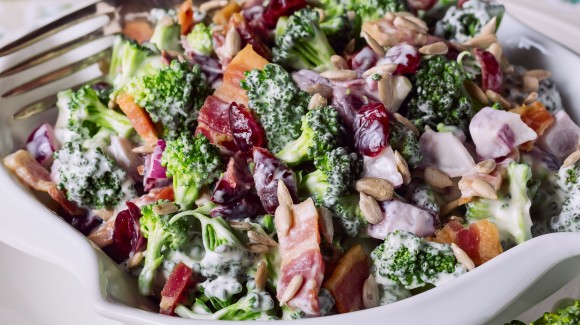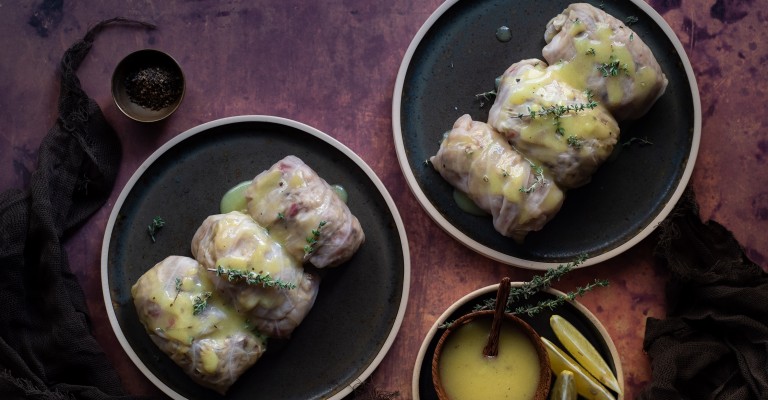Stuffed cabbage rolls are a well-loved dish here in Greece, with many considering them to be the perfect comfort food. Usually they are stuffed with a minced meat and rice mixture, and served with egg-lemon sauce. The original is indeed a wonderful dish, however it can be adapted easily to make equally delicious plant-based versions. This one features flavourful fresh shiitake mushrooms, rice, red pepper and walnuts. The rolls are dressed with a very tangy lemon and mustard sauce, which accentuates the earthy mushroom tones perfectly. Best enjoyed at room temperature or even cold, these cabbage rolls are even tastier the day after you make them, so they are the ultimate make-ahead dish!
Preparation
- Fill a large saucepan with water (not up to the top as the cabbage will also have to fit inside), bring to the boil and add one teaspoon of salt.
- Using a sharp knife carefully cut out as much of the cabbage core as you can and place the whole head (cut side down) into the saucepan. Turn the heat to medium/high, let the cabbage boil for 10-11 minutes, then flip over for another 5 minutes. Take it out carefully with a slotted spoon (don’t drain), let it cool slightly and peel off the softened leaves taking care not to tear them. If the center is still difficult to separate, put the cabbage back and boil for a few minutes longer. Place all the individual leaves into a large colander. Keep any torn leaves and the now small centre of the cabbage. Transfer the cabbage water from the saucepan to a measuring jug.
- Prepare the stuffing by combining in a large bowl the mushrooms, rice, onion, red pepper, walnuts, olive oil, truffle oil, garlic, thyme, sage, pepper and the second teaspoon of salt. Mix well.
- Bring the cabbage leaves and stuffing near to you. Lay a leaf out and cut off the very tough part of the stem if necessary, making a small V shape. Place one heaped tablespoon worth (depending on size of leaf) of stuffing mixture at the base. Bring the bottom side up and over the stuffing, then fold the sides in. Roll from the bottom to the top, making sure the sides are tucked in. (if you made a V shape you might have to bring the sides in first)
- For the very large leaves, cut them into two smaller pieces removing the tough stem. Fill the two separate pieces as you would the others, using slightly less mixture if necessary.
- As you prepare each roll, place it into the empty saucepan with the seam facing down. Arrange the rolls snugly together leaving no gaps. You should have two or three layers and 20-25 rolls. If your top layer isn’t complete use the torn leaves and the centre of the cabbage to fill the spaces.
- Take a plate that fits inside the saucepan and place it upside down on top of the rolls. This is to keep them from moving around while boiling. Slowly pour the stock into the saucepan (over the plate) and then pour in as much reserved cabbage water as is necessary to just cover the top of the rolls.
- Bring the contents of the pan to the boil and as soon as the liquid starts to move (before it comes to a fast boil) turn the heat to medium so that it’s simmering. Cook for about 45 minutes or until the rice is softened. Remove the plate, tip as much liquid as you can into a measuring jug and let the rolls cool for a few minutes. Then remove them carefully with a slotted spoon and place them on a platter. While they are hot they might unfold so be careful.
- To make the sauce, add a cup of cooking liquid to a small saucepan and whisk in the rest of the sauce ingredients. Bring to the boil. In a small cup mix the corn flour and water until smooth, then add to the sauce and stir until slightly thickened. Let it cool.
- Serve the cabbage rolls lukewarm or cold with some of the sauce drizzled over the top.
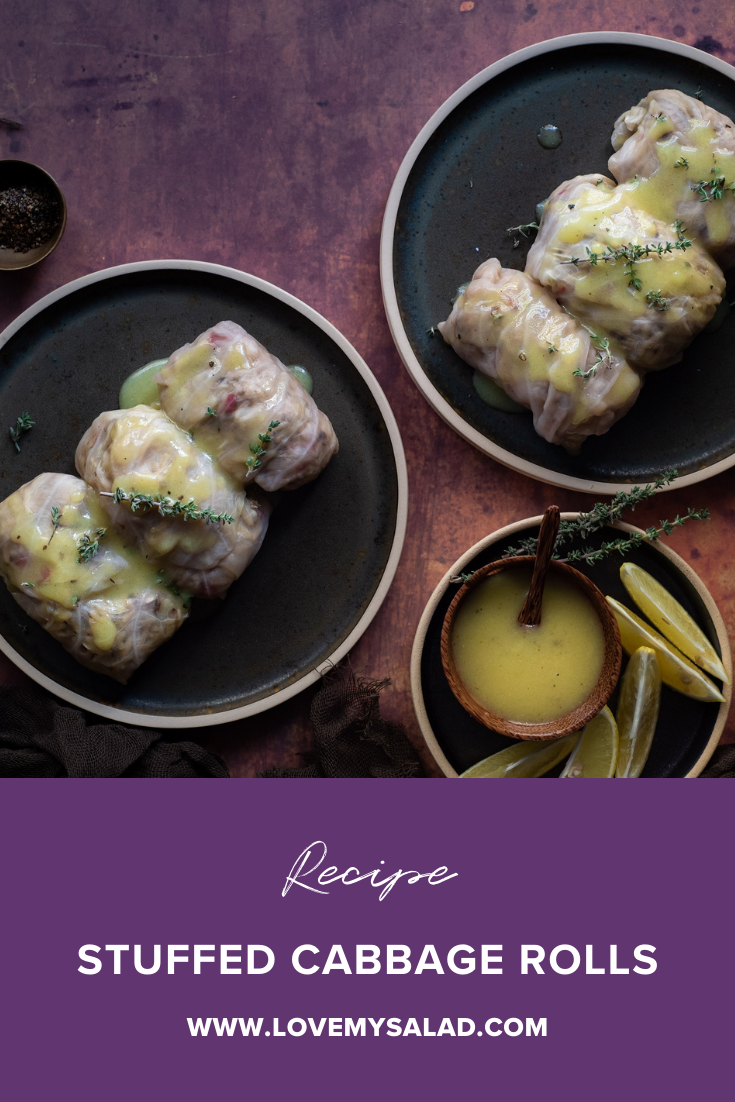
Tips from the author
Some tips for the preparation of the cabbage rolls:
- Choose a cabbage that seems light for its size, as these are easier to separate.
- Long grain parboiled rice keeps its shape well, making the rolls quite loose inside. If you want the filling to be stickier and to stay together then use a short grain or stickier type of rice.
- The sauce is very lemony; reduce the amount of lemon juice if desired, but the tangy flavour complements the rolls very nicely.
- This dish is best served the day after cooking.
Related salads chosen by others
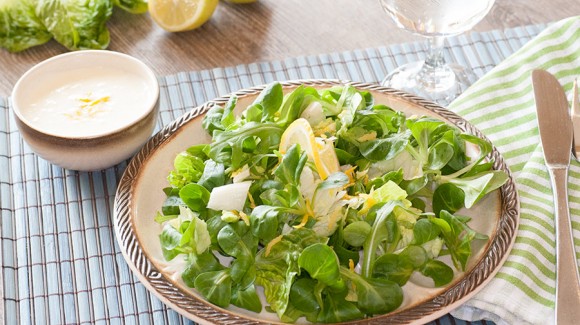
Grandma´s Lettuce Salad with Creamy Dressing
Average 3 of 5 stars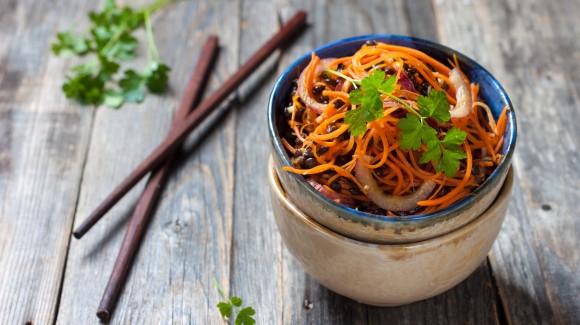
Korean spicy carrot salad
Average 3 of 5 stars